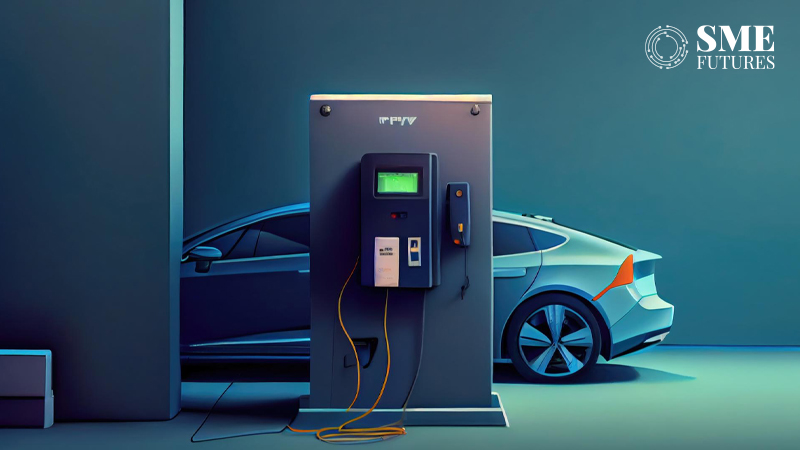The electric vehicle (EV) revolution is sweeping across India, fuelled by a confluence of factors – government incentives, technological advancements, and a growing awareness of environmental concerns. The narrative, however, often centres around the gleaming new EVs and the promise of a greener future. However, beneath the surface, two often-overlooked components are the true powerhouses of this transformation: the vast network of charging stations and the advancements in battery technology. These also pose challenges for the industry.
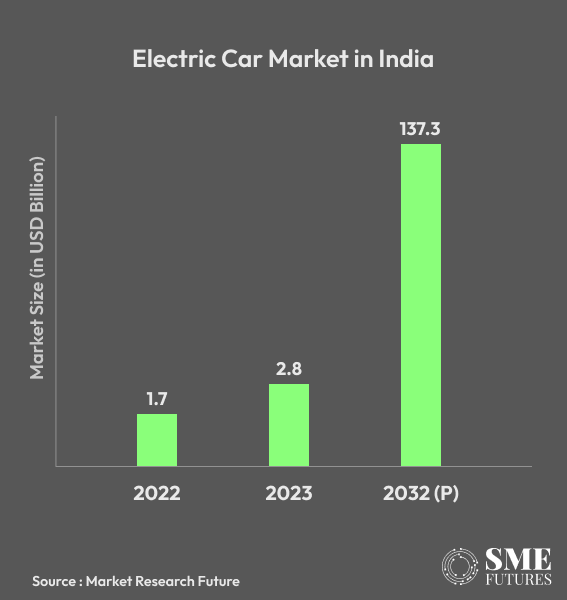
Charging stations: More than just plugging in
Addressing range anxiety:
“The biggest hurdle in scaling up EV production in India is the limited infrastructure for battery swapping and charging. The reliance on a variety of components, many of which are imported, can lead to delays and increased costs,” states Mukesh Taneja, CEO of GT Force, highlighting the pivotal role of charging infrastructure in driving EV adoption.
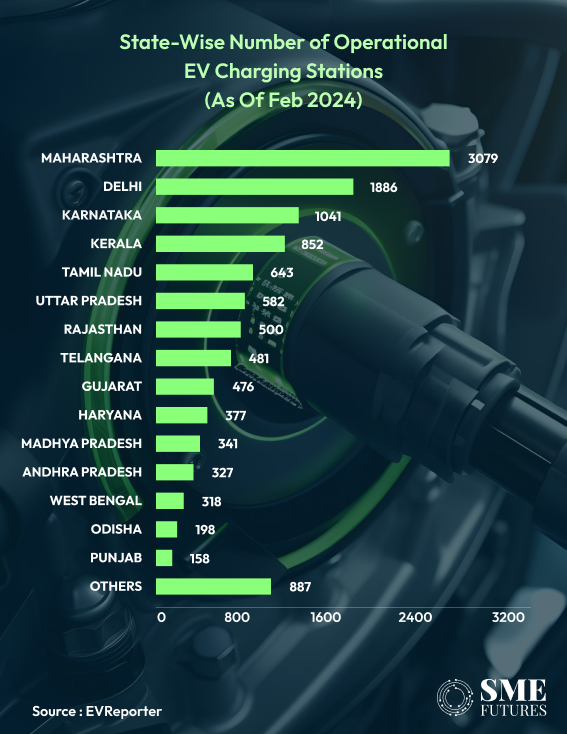
The fear of running out of battery power mid-journey remains a significant deterrent for potential EV buyers. A robust and accessible network of charging stations is not just a convenience, it’s a necessity to alleviate this anxiety and instil confidence in EV ownership.
“Additionally, establishing and maintaining a consistent quality standard across a rapidly growing production scale requires meticulous oversight and efficient processes. Workforce training and upskilling are also crucial to ensure that our teams are equipped to handle advanced manufacturing techniques,” Taneja adds.
Expanding the network
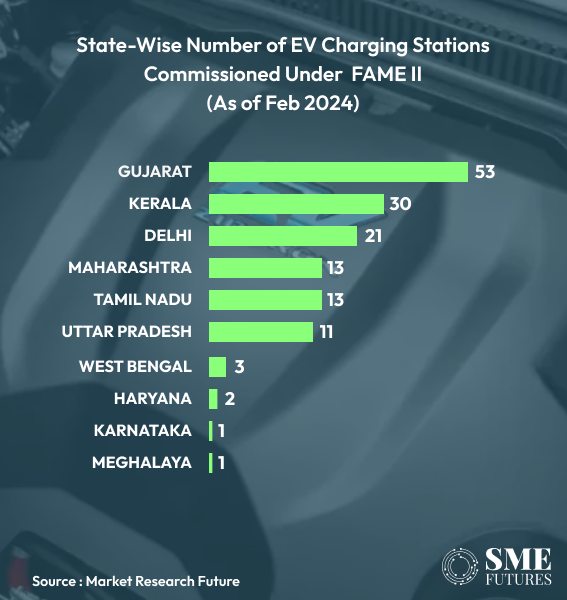
Companies like ARC Electric are at the forefront of expanding the charging network, focusing on strategic partnerships and the installation of fast-charging stations in high-demand areas.
Abhinav Kalia, CEO of ARC Electric, emphasises the importance of a collaborative approach, stating, ” The primary strategy for expanding the charging network in India involves forming strategic partnerships with key stakeholders, including energy providers, infrastructure companies, and government agencies. By collaborating with these partners, we aim to accelerate the deployment of charging stations, especially in high-demand areas like business hubs, highways, and urban centres.”
Supportive government policies and incentives that encourage private investment in charging infrastructure will play a crucial role in the advancement of EVs and their adoption by consumers. This will allow companies to build a comprehensive and accessible charging network that supports the growing adoption of electric vehicles across the country.
Beyond urban centres
While urban areas are witnessing a surge in charging infrastructure, smaller cities and towns are often left behind. This uneven distribution further exacerbates range anxiety and hinders widespread EV adoption. Addressing this disparity requires a concerted effort to ensure equitable access to charging facilities across the country.
Innovative charging solutions
Innovation is key to overcoming the challenges associated with charging infrastructure. Companies are exploring a range of innovative solutions to make charging more efficient, convenient, and enjoyable. Fast-charging technologies, smart charging solutions that optimise energy usage, and even battery swapping are being explored to enhance the charging experience and address range anxiety.
“Companies are striving to improve the charging experience through fast charging technologies, smart charging solutions, bidirectional charging, user-friendly mobile apps, and charging hubs with additional amenities,” says Jitendra Patil, Managing Director, Sunlit Power.
Malls as charging hubs
Malls are also recognising the potential of EV charging stations to attract customers and enhance their brand image. The availability of charging stations not only provides a valuable service to EV owners but also encourages them to spend more time at the mall, potentially boosting retail sales. However, the installation and maintenance of charging infrastructure in malls comes with its own set of challenges, including space constraints, power availability, and user experience.
Batteries: The powerhouse of the EV revolution
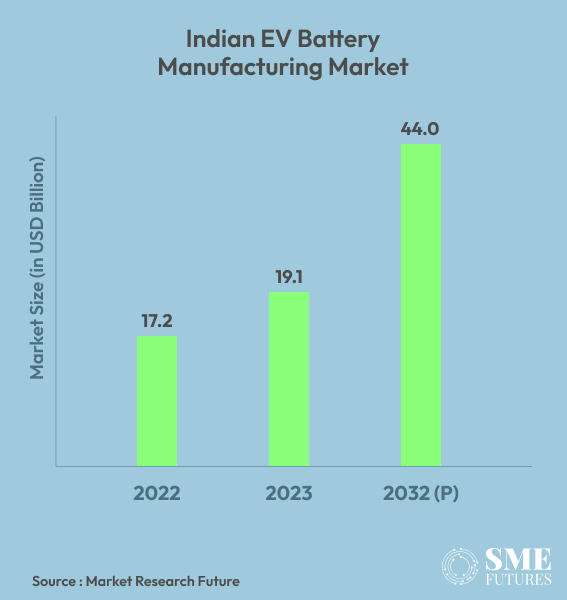
Advancements in battery technology
The battery is the heart of an EV, and advancements in battery technology directly translate into improved range, performance, and safety. Companies like GT Force and Lectrix are investing heavily in research and development, focusing on high-capacity lithium-ion batteries with extended ranges and faster charging capabilities.
Mukesh Taneja highlights the importance of these advancements, stating, “We are prioritising the development of high-capacity lithium-ion batteries, which provide extended ranges and better performance for our electric two-wheelers. Innovations in fast-charging technology are crucial, allowing our batteries to reach full charge in significantly less time, thus addressing user convenience.”
In comparison, Lectrix is using the Battery-as-a-service (BAAS) model. Pritesh Talwar, President EV Business, Lectrix elaborates, “Lectrix offers a robust Battery-as-a-Service (BAAS) model, which includes both battery leasing and swapping. Under the Battery Leasing model, we ensure that the customer can own the vehicle at a fraction of the cost as they don’t have to buy the battery. In addition to this, the Battery Swapping + Battery Leasing model helps reduce the TCO and tackles range anxiety and downtime. In addition to battery leasing, users can also swap batteries. This means that riders can quickly exchange batteries at swap stations without having to wait in long queues, as they would at petrol stations.”

Balancing cost, performance, and safety
The quest for better batteries isn’t just about performance; it’s also about striking the right balance between cost, performance, and safety. As Jitendra Patil points out, “One of the primary challenges we face in meeting the growing demand for EV batteries is intense price competition from smaller-scale manufacturers.” Companies are adopting various strategies to address this challenge, including optimising manufacturing processes, selecting high-quality materials, and implementing lean manufacturing practices.
Sustainability and ethical sourcing
The environmental impact of battery production and disposal is a growing concern. Ensuring a sustainable and ethical supply chain for raw materials, as well as promoting battery recycling and reuse, are crucial for minimising the ecological footprint of the EV industry. Companies are increasingly focusing on these aspects, conducting regular audits of their suppliers and supporting initiatives that promote fair trade and ethical business practices.
The EV ecosystem: A complex interplay
The success of India’s EV revolution is contingent upon a complex interplay of various factors, with charging infrastructure and battery technology being just two pieces of the puzzle.
Government policies
Government incentives and policies can significantly accelerate or impede EV adoption. Supportive policies that encourage businesses to switch to electric fleets, along with greater government investment in charging infrastructure, are crucial for driving the transition. Abhinav Kalia advocates legislative reforms that provide more incentives for businesses to adopt EVs, highlighting the need for a conducive policy environment.
Technological advancements in EVs
Advancements in EV technology itself can also propel the revolution forward. Companies are leveraging cutting-edge technology to enhance the performance, safety, and efficiency of their vehicles. From advanced battery management systems to high-performance motors and IoT connectivity, these innovations are making EVs more appealing to consumers.
Consumer perceptions
Consumer perceptions and concerns, such as range anxiety and affordability, also play a pivotal role. Companies are adopting various strategies to tackle these issues, including offering battery leasing and swapping options, providing extensive service networks, and educating consumers about the benefits of EVs. Addressing these concerns is crucial for driving mass adoption.
Global competition
The entry of foreign automakers into the Indian market is intensifying competition and driving innovation. Domestic manufacturers like GT Force are leveraging their local expertise and focus on affordability to compete with these global players. This competition is ultimately beneficial for consumers, as it leads to better products and more competitive pricing.
The aftermarket
As the number of EVs on Indian roads increases, so does the need for specialised servicing and maintenance. Companies like GoMechanic are stepping up to address this need, training their technicians in EV-specific skills and ensuring the availability of spare parts for various EV models. Himanshu Arora, CEO of GoMechanic, stresses the importance of addressing the skill gap in EV maintenance and repair, stating, “We have taken the initiative to specifically train our mechanics in the intricacies of EVs, with a strong focus on battery management and electrical systems.”
A charged future
India’s EV revolution is a multifaceted journey, with charging infrastructure and battery technology at its core. While challenges persist, the opportunities are immense. By fostering collaboration between the government, industry stakeholders, and consumers, and by investing in charging infrastructure, battery technology, and skill development, India can accelerate its transition to a cleaner, greener, and more efficient transportation system.
The road ahead is charged with possibilities. It’s a journey towards a sustainable and prosperous future, where electric mobility will play a central role in transforming India’s transportation landscape. As the EV ecosystem continues to evolve, it’s clear that charging stations and batteries will be the unsung heroes, silently powering the revolution and driving India towards a brighter, cleaner tomorrow.

